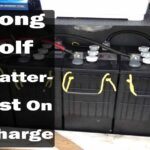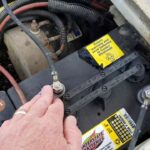Step into the world of 12 volt golf cart batteries, where power meets efficiency. Discover the types, maintenance secrets, and safety guidelines that will keep your golf cart running smoothly. From lead-acid to lithium-ion, we’ll explore the battery options and provide expert tips to maximize their lifespan. Get ready to elevate your golf cart experience with the ultimate battery guide.
Battery Overview: 12 Volt Golf Cart Batteries
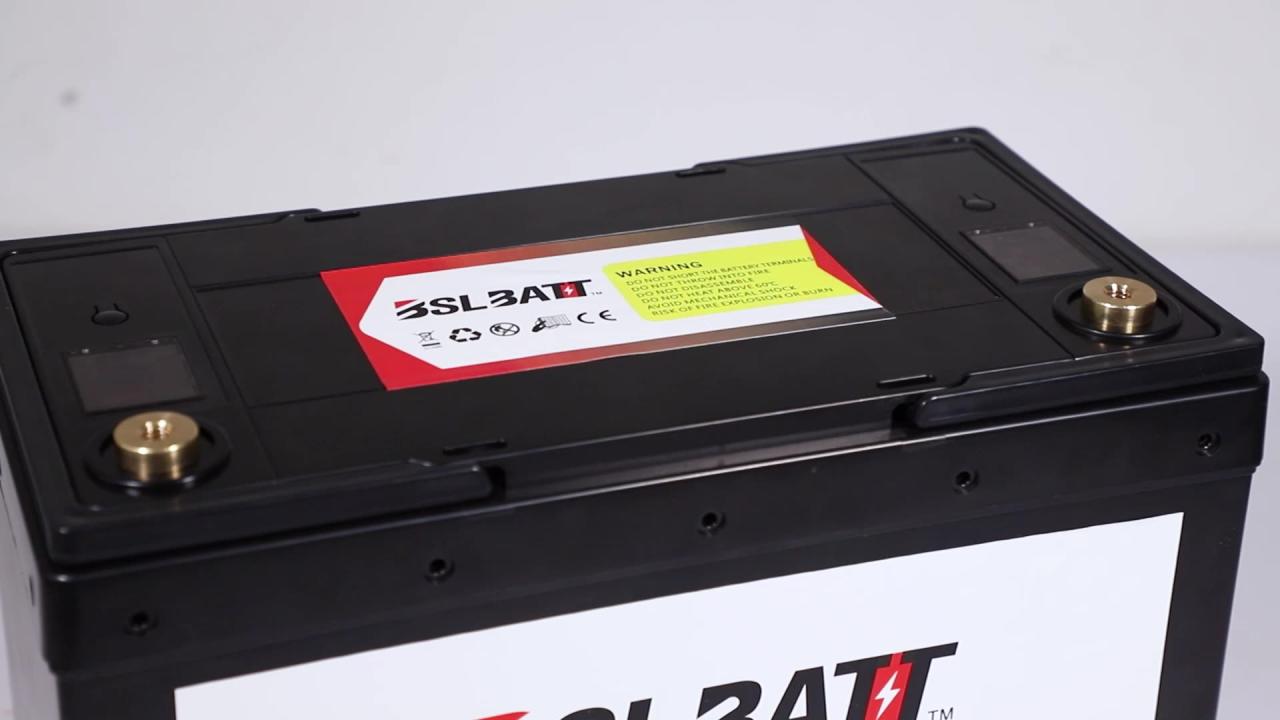
12-volt golf cart batteries are the heart of any electric golf cart. They provide the power to run the cart’s motor, lights, and other accessories. There are several types of 12-volt golf cart batteries available, each with its own advantages and disadvantages.
Types of 12 Volt Golf Cart Batteries
- Lead-acid batteries are the most common type of golf cart battery. They are relatively inexpensive and easy to maintain. However, they are also heavy and have a shorter lifespan than other types of batteries.
- AGM batteries are a type of lead-acid battery that is sealed and maintenance-free. They are more expensive than traditional lead-acid batteries, but they last longer and are more resistant to vibration.
- Lithium-ion batteries are the most expensive type of golf cart battery, but they also have the longest lifespan and are the lightest weight. They are also more efficient than other types of batteries, meaning they can power a golf cart for longer on a single charge.
The type of battery you choose for your golf cart will depend on your budget, your needs, and the type of golf cart you have.
12 volt golf cart batteries are a popular choice for powering golf carts due to their high power output and long lifespan. They are typically made up of six 2-volt cells connected in series. If you are looking for a more economical option, you may want to consider a 6 volt golf cart battery.
These batteries are made up of three 2-volt cells connected in series and provide a lower power output than 12 volt batteries. However, they are also lighter and more affordable, making them a good choice for smaller golf carts or those that are not used as frequently.
| Type | Advantages | Disadvantages |
|---|---|---|
| Lead-acid | Inexpensive, easy to maintain | Heavy, short lifespan |
| AGM | Sealed, maintenance-free, longer lifespan | More expensive than lead-acid |
| Lithium-ion | Longest lifespan, lightest weight, most efficient | Most expensive |
Battery Maintenance
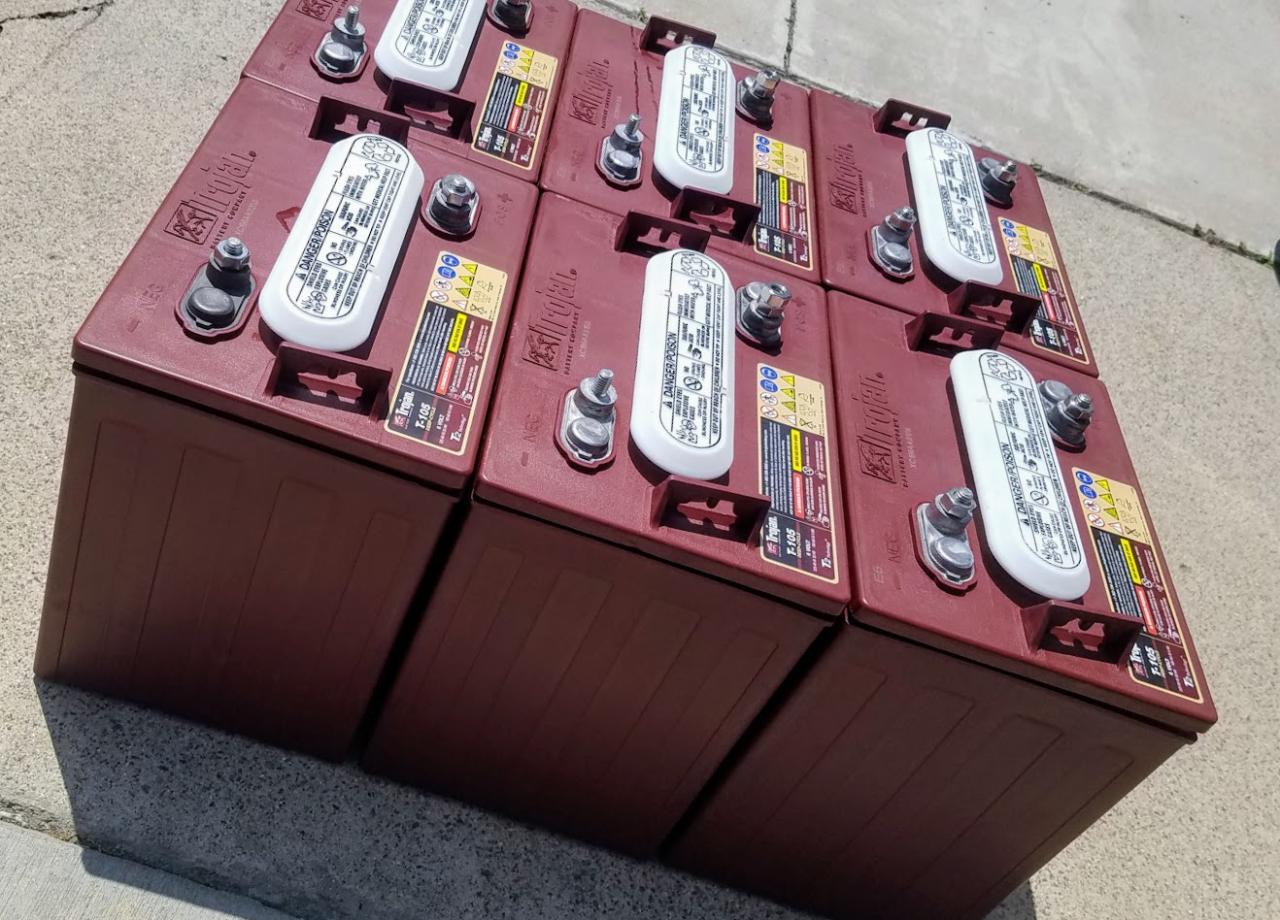
Regular battery maintenance is crucial for ensuring optimal performance and extending the lifespan of 12 volt golf cart batteries. Proper charging and storage practices are essential to maintain battery health and prevent premature failure.
To ensure proper battery maintenance, it is important to follow the manufacturer’s recommendations for charging and storage. This will help maintain the battery’s capacity, reduce sulfation, and extend its overall life.
Charging Procedures
When charging 12 volt golf cart batteries, it is important to use a charger that is specifically designed for this type of battery. Using an incorrect charger can damage the battery and shorten its lifespan.
- Connect the charger to the battery terminals, ensuring the positive terminal is connected to the positive terminal on the charger, and the negative terminal is connected to the negative terminal on the charger.
- Set the charger to the correct voltage and amperage for the battery. The voltage should be 12 volts, and the amperage should be between 5 and 10 amps.
- Start the charging process and allow the battery to charge until it is fully charged. The charger will typically indicate when the battery is fully charged by turning off or changing the color of the indicator light.
- Once the battery is fully charged, disconnect the charger from the battery terminals.
Storage Practices
When storing 12 volt golf cart batteries, it is important to store them in a cool, dry place. The battery should be stored at a temperature between 50 and 70 degrees Fahrenheit (10 to 21 degrees Celsius).
- The battery should be stored on a shelf or in a battery box to protect it from damage.
- The battery should be stored away from direct sunlight and heat sources.
- The battery should be stored in a well-ventilated area.
Battery Lifespan
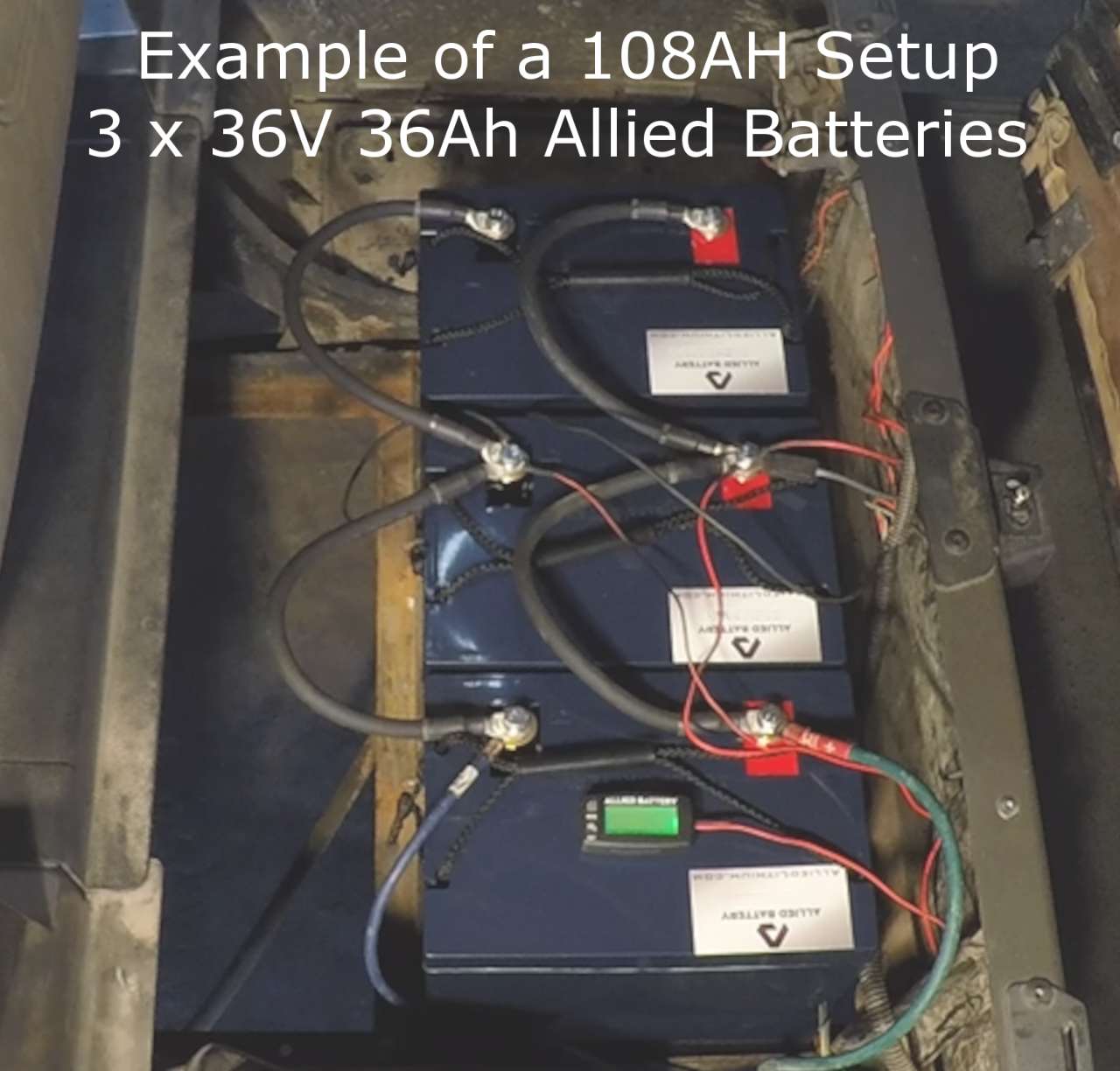
The lifespan of 12 volt golf cart batteries is typically between 5 and 8 years, but this can vary depending on several factors, including the type of battery, the frequency of use, and the maintenance schedule.
Here are some tips on how to extend the lifespan of your 12 volt golf cart batteries:
Battery Usage
- Avoid letting the batteries completely discharge. Recharging batteries after deep discharge can reduce their lifespan.
- Avoid charging the batteries too quickly. Rapid charging can damage the batteries and reduce their lifespan.
- Use the correct charger for your batteries. Using the wrong charger can damage the batteries and reduce their lifespan.
- Keep the batteries clean and free of corrosion. Corrosion can damage the batteries and reduce their lifespan.
Battery Maintenance
- Check the water level in the batteries regularly and add distilled water as needed. Low water levels can damage the batteries and reduce their lifespan.
- Clean the terminals on the batteries regularly. Dirty terminals can reduce the flow of electricity and damage the batteries.
- Store the batteries in a cool, dry place when not in use. Extreme temperatures can damage the batteries and reduce their lifespan.
Signs of a Failing Battery
- The battery is not holding a charge as long as it used to.
- The battery is taking longer to charge.
- The battery is getting hot while charging.
- The battery is leaking or swelling.
Battery Safety
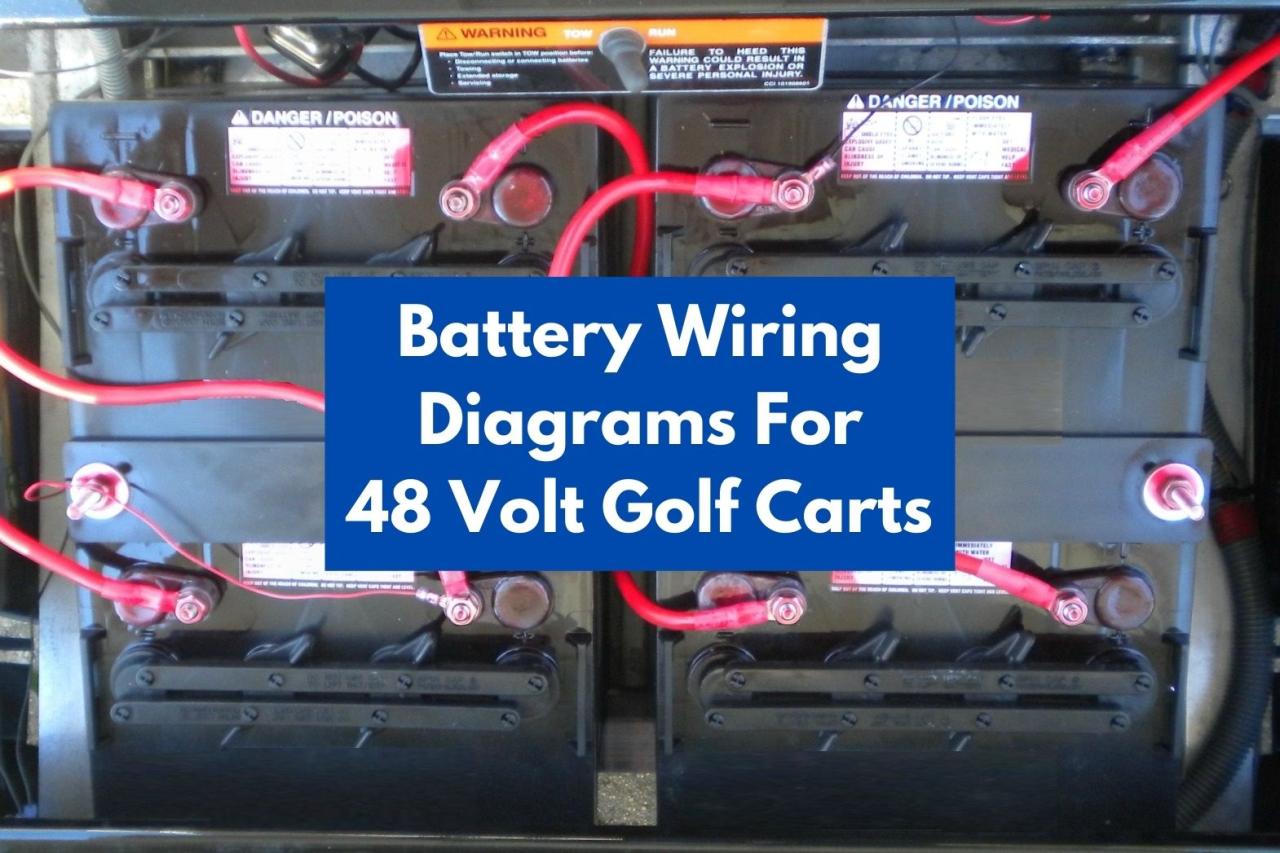
12-volt golf cart batteries, while essential for powering electric golf carts, demand utmost attention to safety during handling and maintenance. These batteries possess substantial electrical energy and pose potential hazards if mishandled or not treated with appropriate caution.
The primary risks associated with 12-volt golf cart batteries include electrical shock, burns, and explosions. Electrical shock can occur if the battery terminals come into contact with bare skin or conductive materials, leading to severe injury or even electrocution. Burns can result from mishandling or accidental contact with the battery’s hot surfaces, such as the terminals or cables, causing skin irritation or burns.
Safety Precautions
To mitigate these hazards and ensure safe handling of 12-volt golf cart batteries, it is crucial to adhere to the following safety precautions:
- Wear protective gear: Always wear insulated gloves, safety glasses, and protective clothing when working with batteries to minimize the risk of electrical shock or burns.
- Disconnect the battery: Before performing any maintenance or repairs, disconnect the battery from the golf cart’s electrical system by removing the negative terminal first, followed by the positive terminal.
- Handle with care: Avoid dropping or mishandling batteries, as it can damage the casing or internal components, potentially leading to leaks or explosions.
- Avoid open flames or sparks: Batteries emit flammable gases, so keep them away from open flames, sparks, or other sources of ignition to prevent explosions or fires.
- Proper ventilation: Ensure adequate ventilation when charging or working with batteries, as they release hydrogen gas, which can be explosive if allowed to accumulate.
- Dispose of properly: Spent or damaged batteries should be disposed of responsibly at designated recycling facilities to avoid environmental contamination and potential hazards.
By following these safety precautions, you can minimize the risks associated with handling 12-volt golf cart batteries and ensure a safe and efficient operation of your electric golf cart.
Battery Disposal
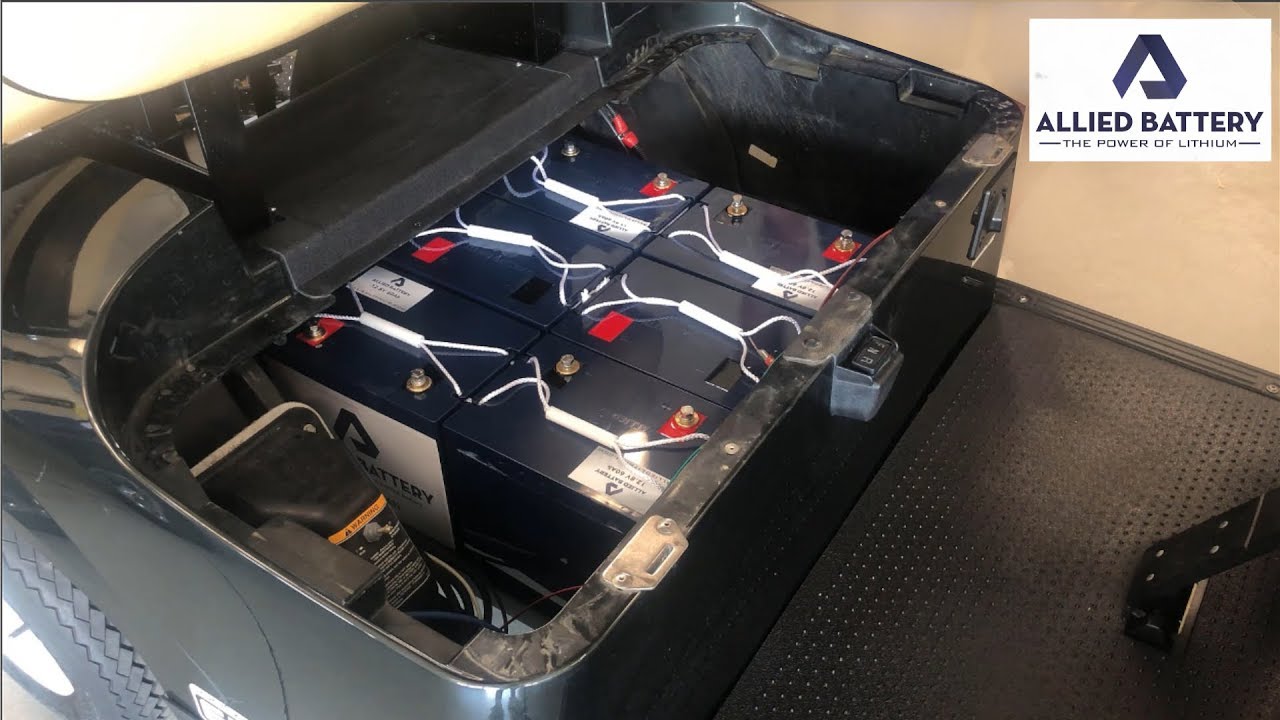
Improper disposal of 12-volt golf cart batteries poses significant environmental hazards due to their toxic components, including lead, sulfuric acid, and plastic. These substances can leach into soil and water, contaminating ecosystems and harming wildlife.
Recycling
Recycling is the most environmentally friendly option for disposing of 12-volt golf cart batteries. Many battery manufacturers and retailers offer recycling programs that collect used batteries and process them to recover valuable materials, such as lead, plastic, and acid. Recycled materials can then be reused in the production of new batteries or other products.
Disposal Options
If recycling is not available, proper disposal is crucial to minimize environmental impact. Golf cart batteries should never be disposed of in landfills or incinerated. Instead, they should be taken to a designated hazardous waste disposal facility.
Contact local authorities or waste management companies for information on hazardous waste disposal options in your area. Some companies offer battery collection services, making it convenient to dispose of batteries safely and responsibly.
Final Conclusion
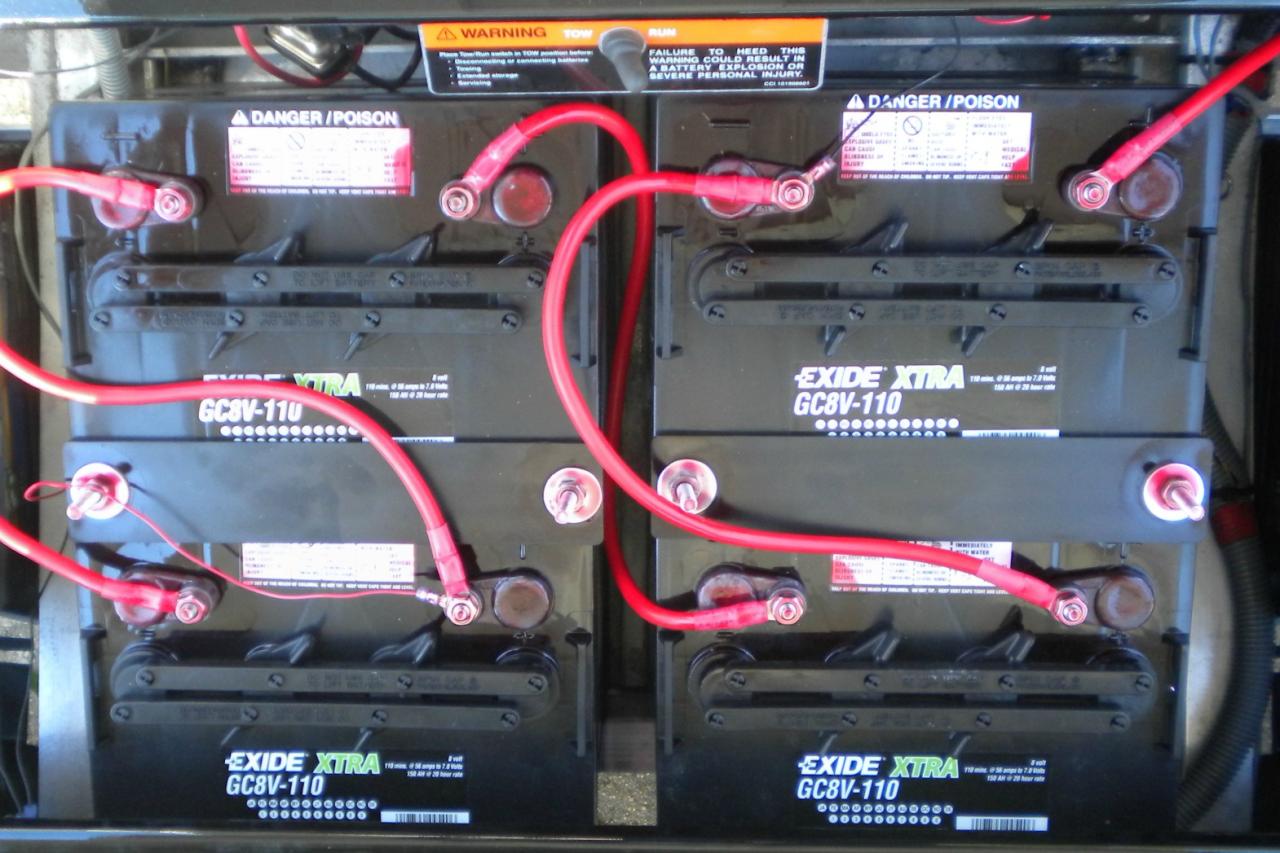
In the realm of golf cart batteries, 12 volts reign supreme. With the right maintenance and safety practices, these batteries will keep your ride powered for years to come. Remember, proper disposal is crucial for environmental sustainability. So, embrace the power of 12 volt golf cart batteries and enjoy the ride!
